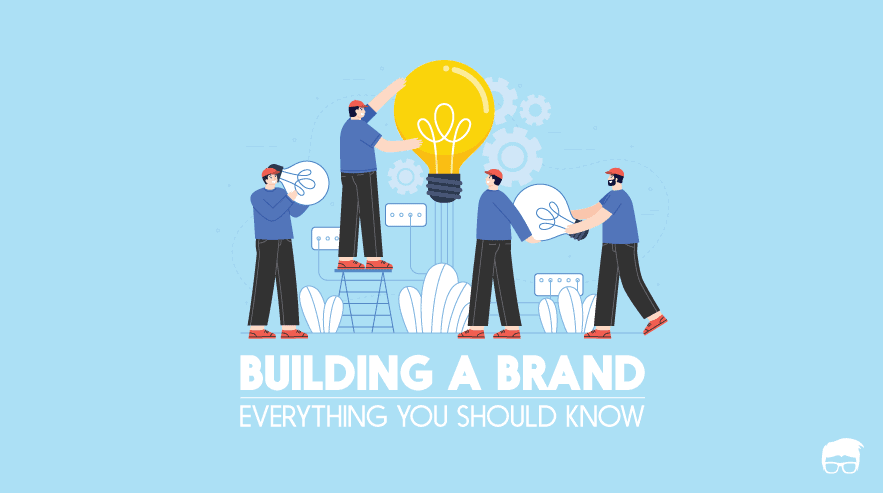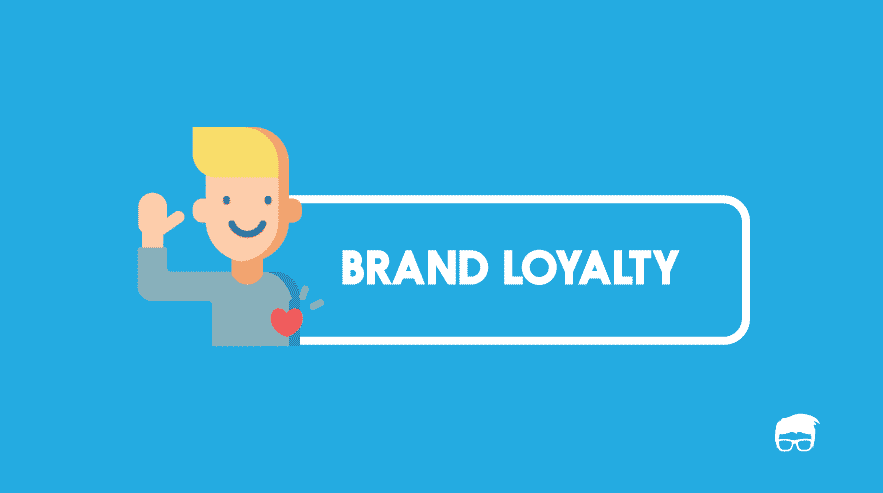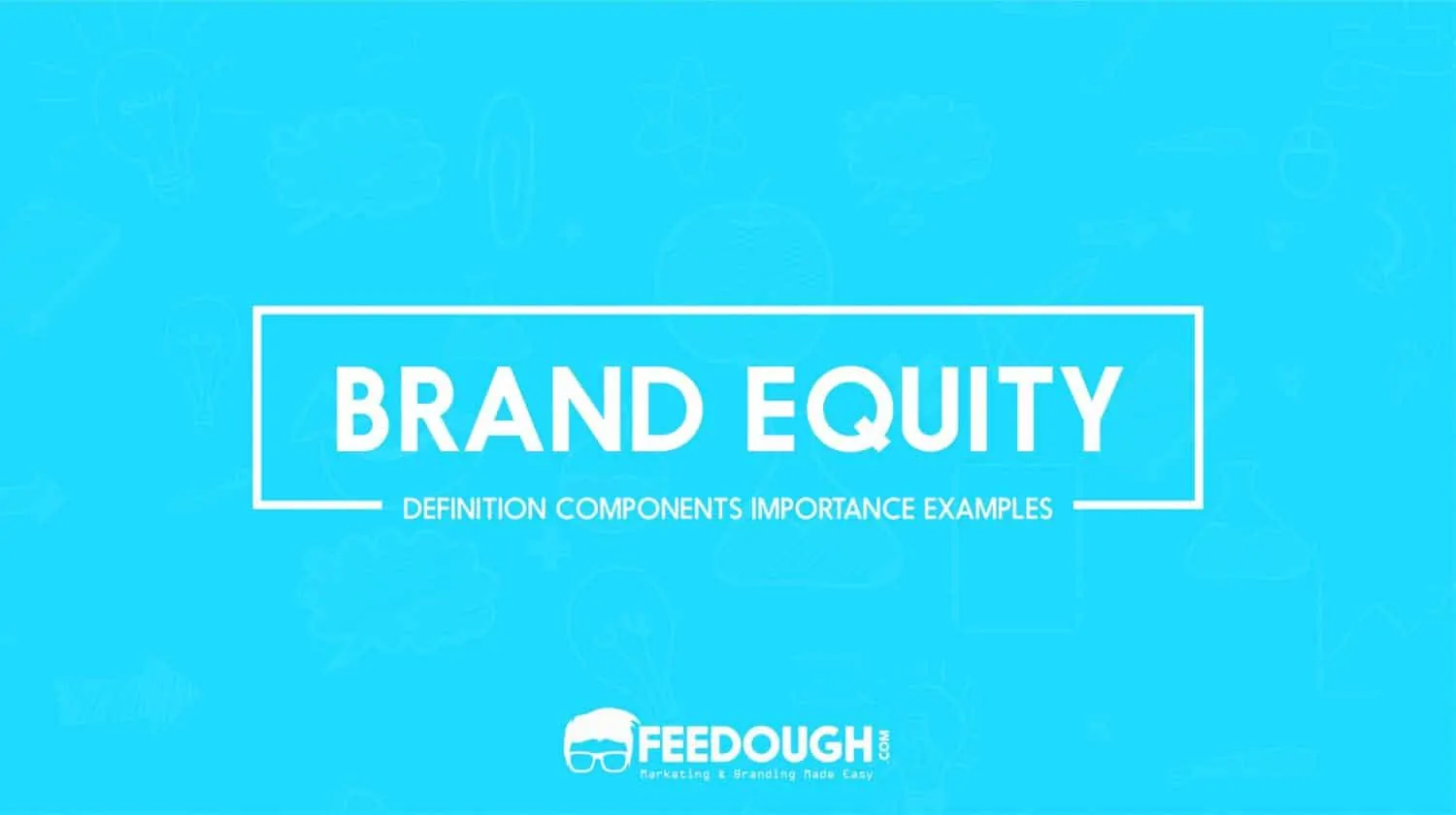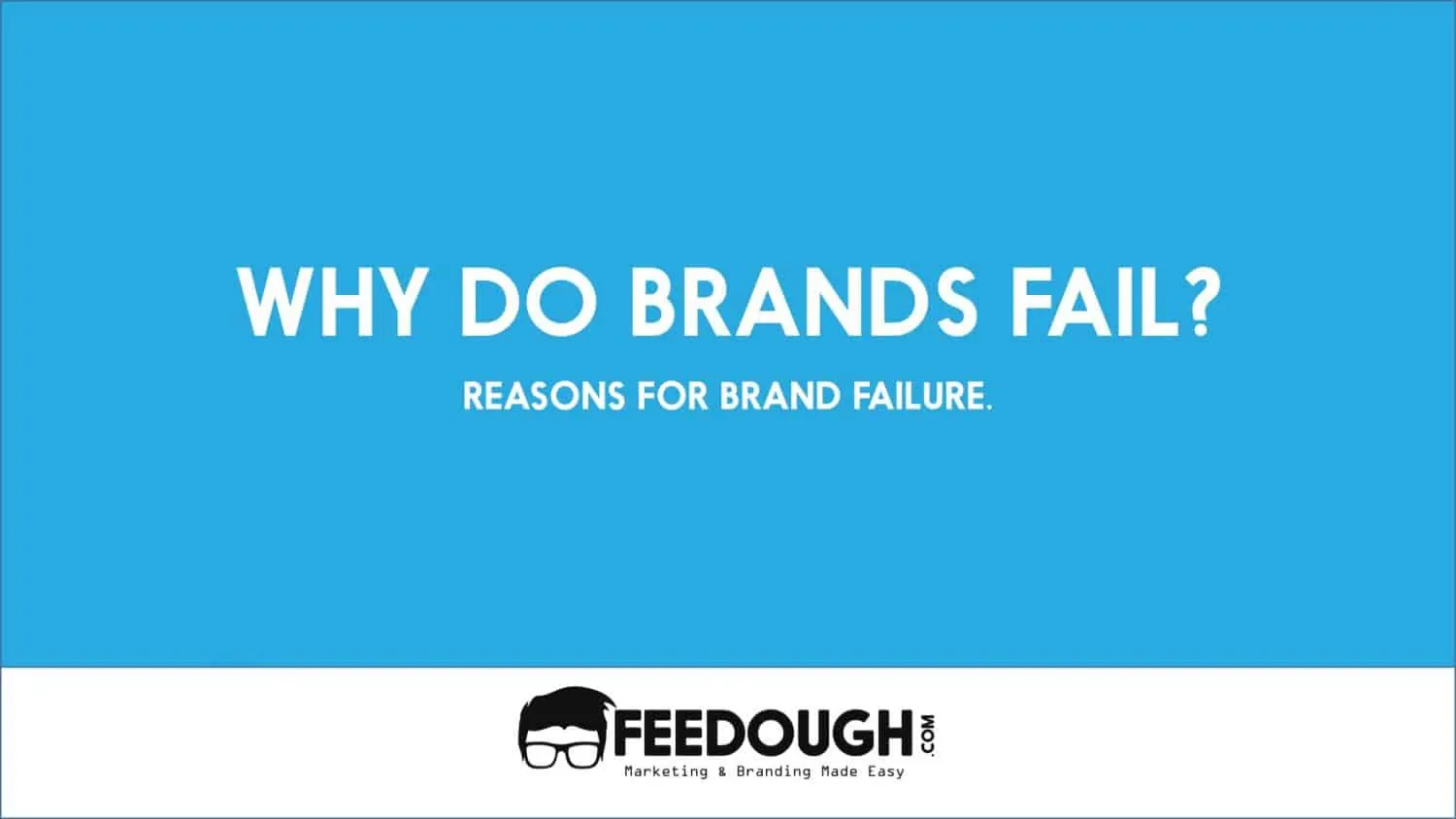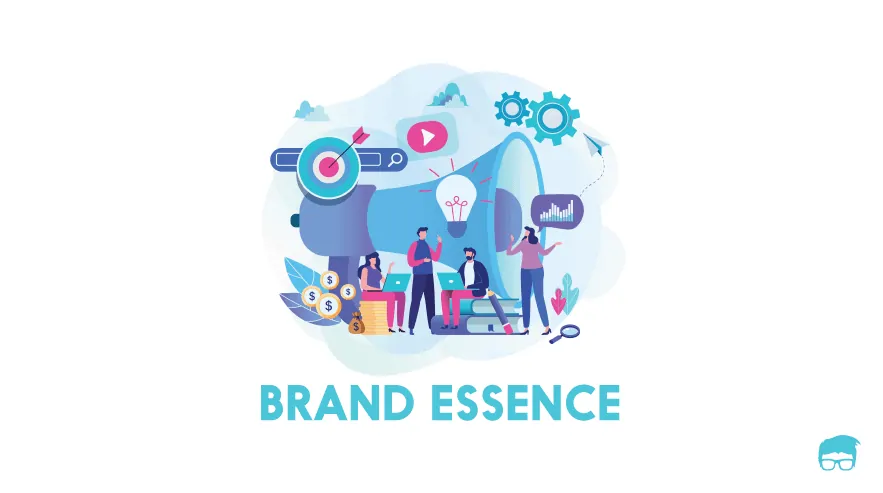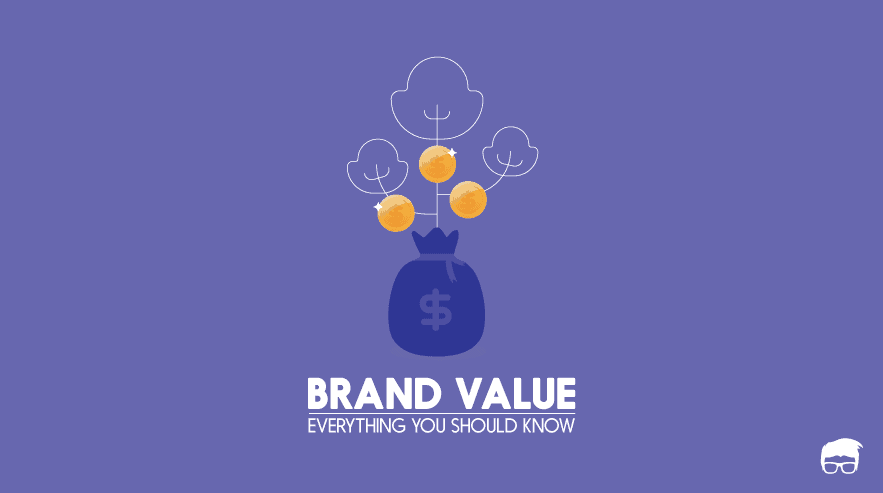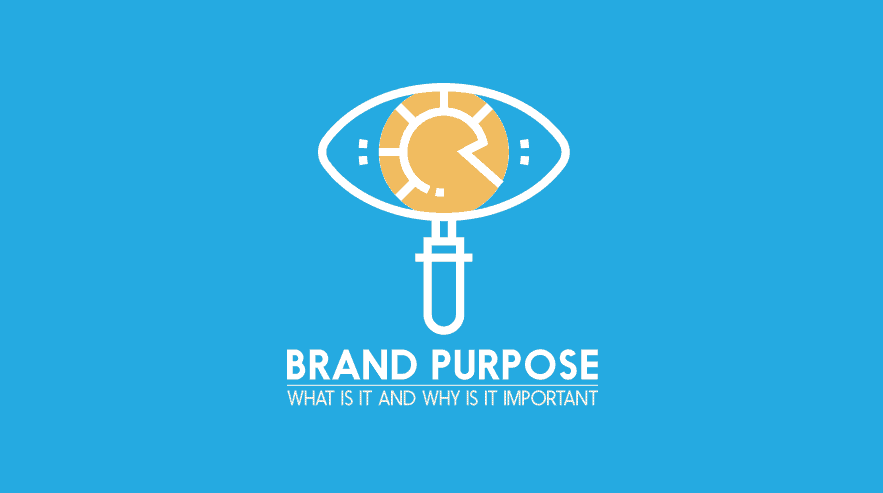Your brand is what other people say about you when you are not in the room. – Jeff Bezos
Well, no one would agree to this more than Pepsi. Launched in 1965, the company was almost never able to win the customers away from Coca-Cola for nearly 10 years even though it believed to have a better taste. People always preferred Coke over just because they had their emotions attached to it.
They were brand loyal.
But this didn’t make Pepsi lose hope. The brand ran independent tests where it made the target customers taste the two cola brands while blindfolded.
The result?
Over 50% of the people chose Pepsi over Coca-Cola when they tasted without knowing which product was of which brand, proving they were more influenced by the Coca-Cola brand than the product itself.
A brand is what influences the customer’s decision when the offerings in the market don’t differ much. It’s what consumers’ form a perception of while consuming the products. And it’s what enables them to choose the product again after having a good experience with it.
But it’s not easy to build a brand. It may take you years to build a successful one that has its own space in the market.
But fret not. Here’s a brand-building guide to help you start with building your own brand.
What Is A Brand & Why Is It Important?
A brand is the combination of properties within and outside a product that gives an identity to the generic product.
It is what the customer recognise and use to differentiate when they are offered several products that perform a similar function.
Consider a brand as a person.
Now, properties that make a usual person unique are name, attributes, associations, personality, voice, and experience. Similarly, if such properties are added to a product, the process is termed as branding.
- Name: What the product is called?
- Association: Intangible features like logo, colours, voice, etc.
- Attributes: The characteristics like credibility, sustainability, appeal, etc.
- Personality: Personal traits which make the brand behave the way it does.
- Voice: The way it speaks to others. It is what differentiates its communication from those of others.
- Experience: It includes sensations, feelings, responses evoked by a brand whenever the consumer interacts with it.
The branding process has gained vital importance today as the market is full of companies selling similar products which not only makes it hard for them to sell these products but it also makes it difficult for the customers to choose which of these will fulfil their needs.
Branding makes the products find their own position in the market by targeting the Maslow’s need hierarchy. Some find their place in the bottom of the pyramid while others make their way all over to the top and fulfil the self-actualization needs of the customers using a similar yet more preferable product.
But before talking about such positionings, it’s important to understand the basics of brand building.
What Is Brand Building?
Brand building is a process of converting a generic product into an artificial person which has its own unique identity and can be differentiated from others in the market.
It’s a long-term process involving a series of strategies that builds an image of the product which is –
- Consistent across all the channels,
- Appreciated by the target market, and
- Has its own value over and above the value of the product.
Building A Brand For Your Business
The brand-building process can be divided into 5 broad steps. These are –
Understand Your Target Audience
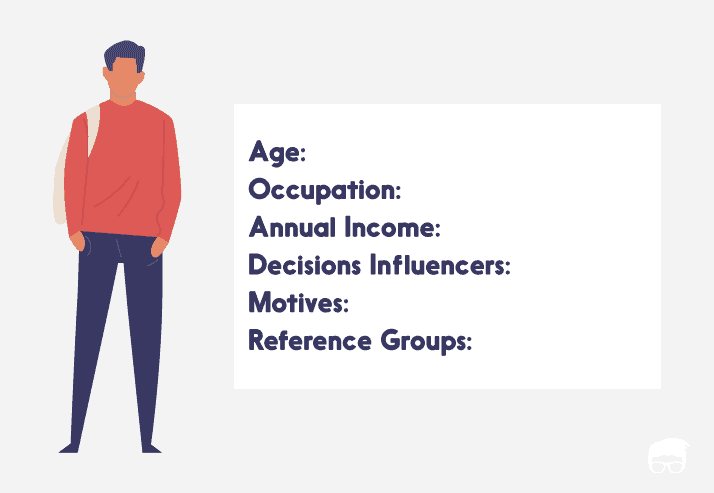
A brand is built in the eyes of the customers, not in the eyes of the company. It’s the customer who validates the branding efforts of the company and assigns a value to the brand that he would like to pay over and above the generic product’s value.
Therefore, the process starts with researching and understanding who the customers actually are and what are their aspirations, needs, wants, and desires.
Developing brand strategies become a lot easier when you know who exactly are you trying to reach.
Build buyer personas to get more specific. It helps you solidify a picture of your target audience even more. Elaborate how your target customer looks, how old is he, where does he live, what does he do for a living, and what’s his daily routine.
Also, include the factors affecting his decision-making process, find out what his goal in life is, and find out what motivates him to choose a brand over others.
It’s easier to create an identity for your product when you narrow your target audience. You understand what they look for in a brand and eventually create something that they would love to pay for.
Do A Competitor Analysis
Once you know who the customer is, it’s time to move on to research the existing players in the market.
The goal here is to find the untapped yet profitable space that you can occupy for a long run. We suggest you use perceptual maps to find such a position. It helps you understand how the customers understand the positioning of competing products in the market.
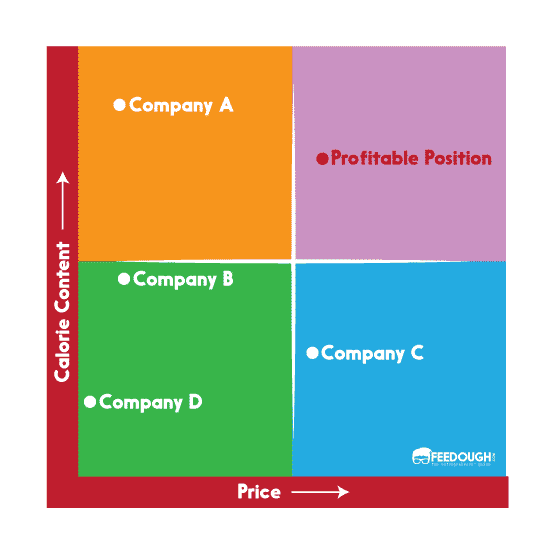
Once you get the insights on the positioning of the existing brands, move on to creating a competitor research spreadsheet where you delve deep into how they market their brand and product. Use this spreadsheet to know more about –
- their brand personality (about the brands),
- their brand message (what their value propositions are),
- the marketing strategies they use to promote the brand (how they sell the brand),
- the marketing channels they use to promote the brand, (to whom they sell the brand)
Develop A Mission Statement
A mission statement is a brief description of your business’s fundamental purpose. It’s the reason why your brand exists (or will exist).
It’s a very important part of the brand building process as it specifies your company’s business, objectives, and your approach to reach those objectives; which eventually paves the way for other branding strategies.
Your mission statement specifies what image do you want your customers to have when they hear or talk about you.
Take Tesla, for example. Its mission statement is –
“To accelerate the world’s transition to sustainable energy.”
…and technically speaking, it is everything Tesla is – developing products to create a dynamic change in the world’s automobile industry with technologically integrated products that rely on renewable (sustainable) energy, while tactfully addressing concerns for environmental conservation.
Your mission statement forms the base which holds all your business strategies together in place. Make sure to develop a unique mission statement which separates your brand from the ones you researched before.
Create A Unique Brand Identity
The next step includes outlining your brand’s attributes, qualities, and benefits, and building an identity for your brand.
But –
Building an identity isn’t the ultimate goal of brand building. It’s the brand image that matters.
Brand identity is the image of the brand from the company’s point of view while brand image is the actual image of the brand in the customers’ mind.
So, build your brand identity wisely.
Use this checklist to ensure you plan your brand better –
- Outline your brand message – the value proposition you want to convey to your customers to set your brand positioning.
- Give your brand a name
- Outline associations which help in positioning it the way you want. These associations include – logo, tagline, colours, fonts, website, social media profiles, packaging, etc.
- Develop short-term and long-term brand strategies. Assign a brand voice and specify how the brand will communicate with the customers. The same communication guideline will be used to communicate with the customers through all the customer touchpoints.
- Specify the brand architecture – the organized structure of your company’s portfolio of brands, sub-brands, and other offerings.
Earn Consumers’ Trust
Customers need to trust your brand before they actually buy products from you. And this trust is what actually results in developing the brand in the minds of the customers.
The problem here is that it may take years to establish such trust and build the brand you planned initially. But here are some tips –
- Communicate the same mission statement always: Don’t deviate from your mission statement if you want to position your brand the way you want.
- Be visible: The rule of thumb here is to be visible where your target audience is. Make them get the essence of ‘what’ your brand actually is by being more visible. If your target market includes baby boomers, head to the brick and mortar stores. If it includes millennials, head to Facebook and target them with personalized ads. And if it includes Gen Z, partner with influencers.
- Make your brand more personal: It’s easier to trust a brand that seems more human than a brand that seems robotic. Try to be more personal whenever your brand interacts with the target audience directly.
- Under-promise and over-deliver: The biggest factor which breaks the trust of customers is when brands break their promises. Under-promising and over-delivering is a complete opposite of that. This strategy often creates an element of surprise and results not only in getting more loyal customers but it also helps in the word of mouth marketing.
- Focus on customer service: If your customers are attended to and their issues are resolved promptly and effectively, they automatically start trusting your brand more.
- Be available: Never just sell the products and disappear. Make yourself available whenever the customer wants you to be with him.
Brand Building Example (Starbucks)
Starbucks isn’t like any other coffee brand. This brand outgrew millions of other coffee brands who sold coffee as just another commodity.
Starbucks sold coffee as an emotion.
In the words of Stanley Hainsworth, the former VP creative director of Starbucks –
A brand is an entity that engenders an emotional connection with a consumer… I think the best brands are those that create something for consumers that they don’t even know they need yet. A coffee brand like Starbucks created something people didn’t know they needed.
The company focused on creating a coffee brand which sold something more than coffee. It sold coffee as an experience, something which no other brand was selling back there in 1971.
Howard was very wise in knowing that Starbucks was not the only company in the world to make great coffee. On the contrary, there are hundreds of other companies that can make great coffee. So what’s the great differentiator? The answer is the distinction that most great brands create. There are other companies that make great running shoes or great toys or great detergent or soap, but what is the real differentiator that people keep coming back for? For Starbucks, it was creating a community, a “third place.” It was a very conscious attribute of the brand all along and impacted every decision about the experience: who the furniture was chosen for, what artwork would be on the walls, what music was going to be played, and how it would be played.
This vision and mission made the company choose a different path altogether and built something everyone wanted to try at least once, even though it cost almost twice what they were paying usually.
Go On, Tell Us What You Think!
Did we miss something? Come on! Tell us what you think about our article on brand building in the comments section.
A startup consultant, digital marketer, traveller, and philomath. Aashish has worked with over 20 startups and successfully helped them ideate, raise money, and succeed. When not working, he can be found hiking, camping, and stargazing.
